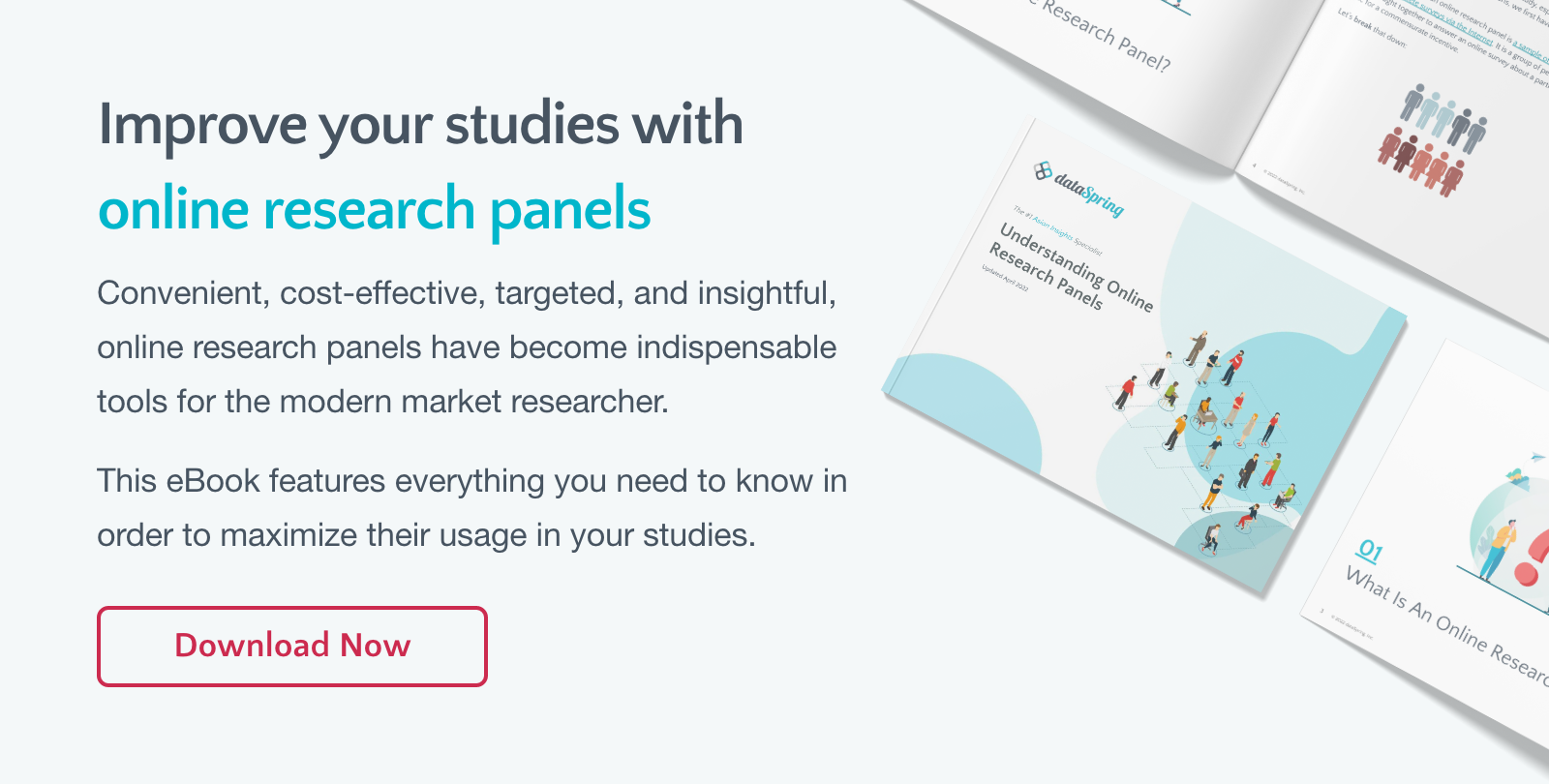 Previously, we discussed the subtypes under probability sampling, which are commonly used for quantitative research that can accurately present the population. This time we'll be tackling the subtypes under non-probability sampling.
Previously, we discussed the subtypes under probability sampling, which are commonly used for quantitative research that can accurately present the population. This time we'll be tackling the subtypes under non-probability sampling.
Non-probability Sampling Subtypes
There are also four main subtypes under non-probability sampling. This sampling method is often used in exploratory and qualitative research. The aim of these types of research is to develop an initial understanding of a small or under-researched population.
- Convenience sampling
Convenience sampling simply includes individuals most accessible to the researcher or based on their availability and willingness to take part. Useful results can be obtained, but the results are prone to significant bias as those who volunteer to take part may be different from those who choose not to.
Example:
A common way this is done is when companies distribute their promotional pamphlets and ask questions at a mall or on a crowded street with randomly selected participants.
- Quota Sampling
Quota sampling is often used by market researchers. It is a two-stage non-probability sampling, where researchers would create a sample involving individuals that represent a population. These individuals are chosen according to specific traits or qualities. The researchers will then decide and create quotas so that the samples can be useful in collecting data based on their judgment.
Example:
A smartphone company wants to find out what age group prefers what brand of smartphone in a particular city. Quotas are then applied to the age groups of 21-30, 31-40, and 41-50 such as gender, age, sex, residency, etc. From this information, the researcher gauges the trend of smartphone users among the population of the city.
- Judgment or purposive sampling
Judgment or purposive sampling relies on the judgment or expertise of the researcher when choosing who to ask to participate. Thus, the researcher may choose a “representative” sample that suits their needs, or specifically approach individuals with certain characteristics.
Example:
If the study wants to know more about the opinions and experiences of students with disabilities, the researcher can then purposefully select students with different disabilities or support needs in order to gather a varying range of data on their experiences.
- Snowball sampling
Snowball sampling is commonly used when investigating hard-to-reach groups. Recruiting participants can be through other participants, the number of people you have access to then “snowballs” as you get in contact with more people.
Example:
When researching about experiences of homelessness in a city and there is no available list of homeless people, a researcher may eventually meet one homeless person who agrees to participate in the research. That person then refers to other homeless people that he/she may know in the area.
To sum up our two-part blog on probability and non-probability sampling, the main takeaway from here is that choosing our sampling method is multifactorial. It might be tempting to just use simple and easy to execute sampling methods to quickly gain data, but this does not give us accurate results. If your research is purely qualitative, then doing complicated probability sampling subtypes may not be the compatible way to approach your research. It’s best to know the goals of your research project before deciding which sampling method and subtype you will use.
We hope this helps you on finding the best fit for your survey on your research or project! If you need help getting respondents in Asia feel free to contact us or get a free IR Check! See you at our next one!


 Download Panel Book
Download Panel Book


